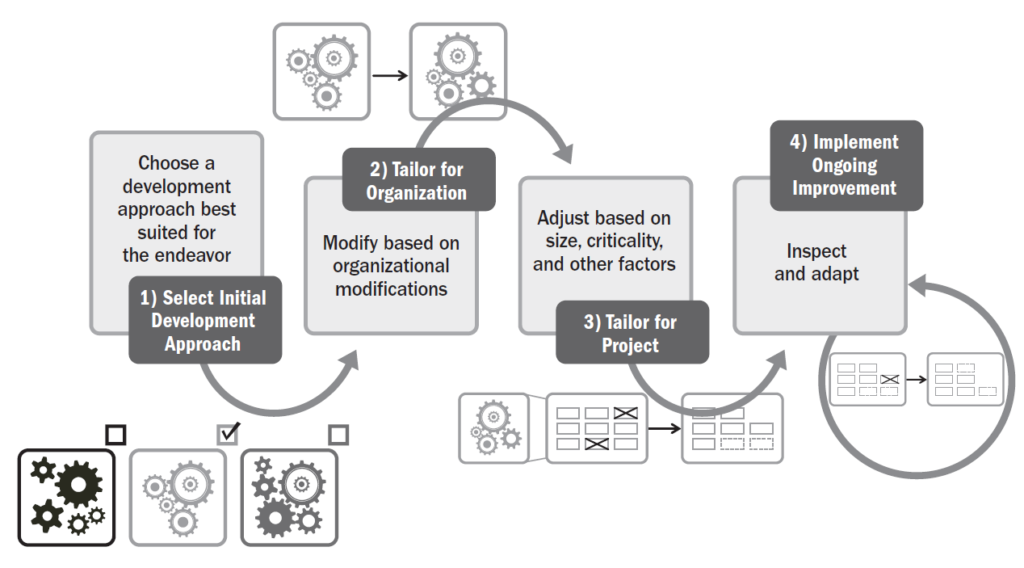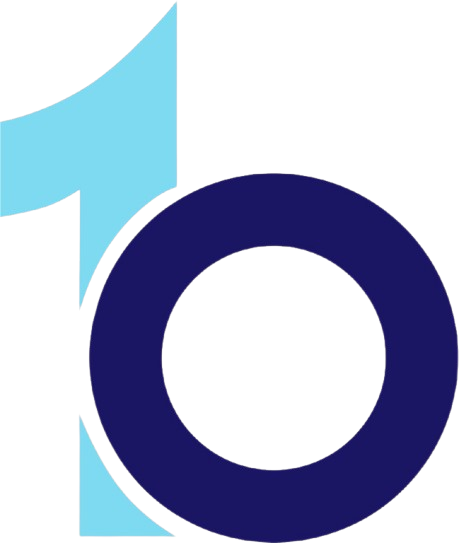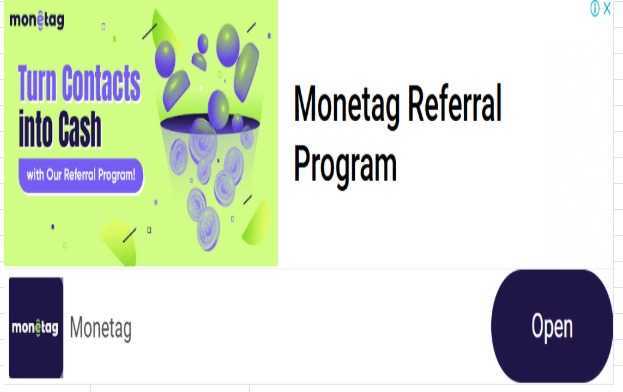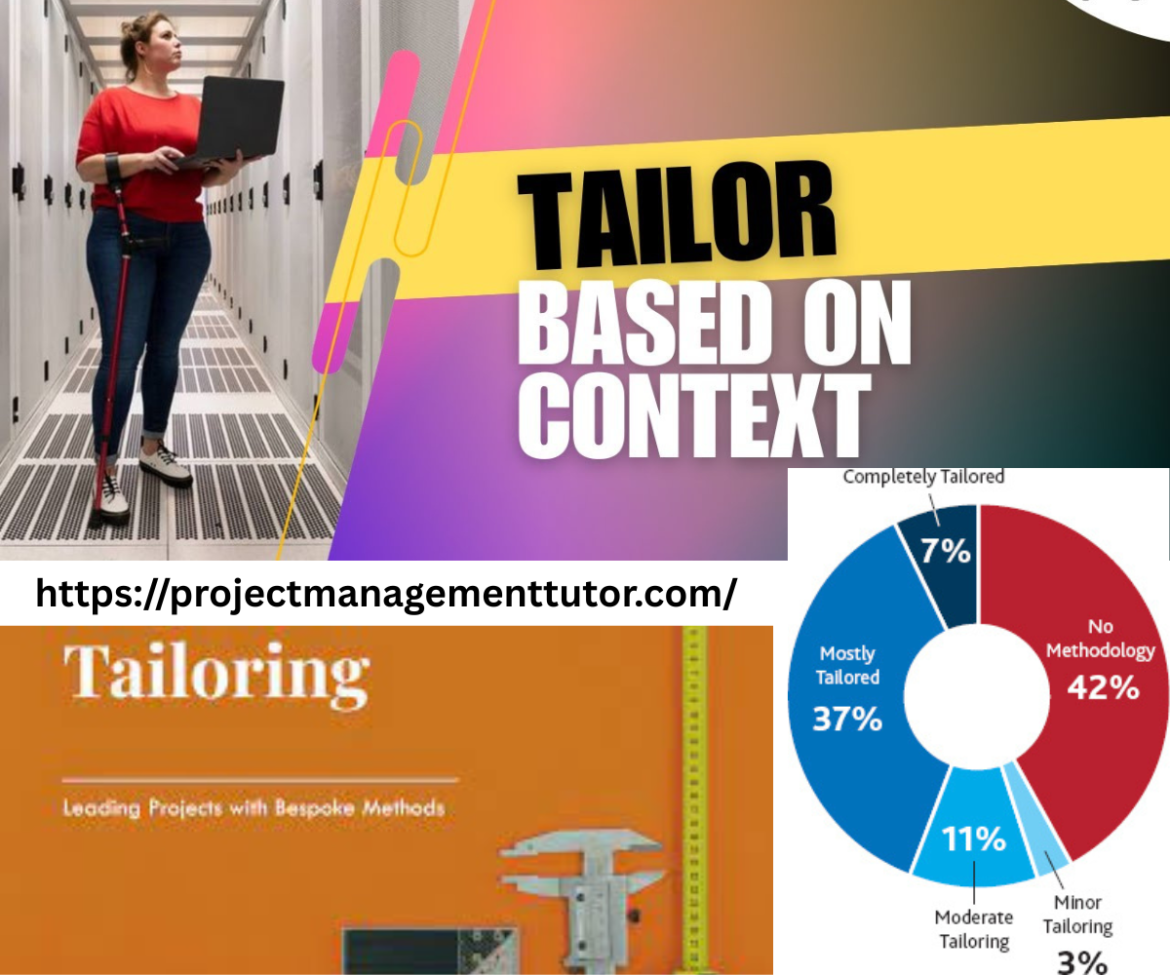In the context of project management, particularly as described in the PMBOK® Guide, tailoring is a crucial concept. Let’s break down the two parts of your question:
WHY TAILOR?
Tailoring means adapting the project management methodology, processes, tools, and techniques to suit the specific needs of a project.
✅ Reasons to Tailor:
- Every project is unique
- Projects differ in size, complexity, risk, industry, and stakeholder expectations.
- A one-size-fits-all approach rarely delivers optimal results.
- Optimize Resources and Efficiency
- Tailoring helps avoid unnecessary steps or documentation, saving time and cost.
- Adapt to Organizational Culture
- Different companies have different governance structures, values, tools, and norms.
- Align with Project Objectives and Constraints
- Tailoring ensures that processes help meet the project’s specific goals, timelines, and budgets.
- Compliance and Standards
- You might need to tailor to meet legal, regulatory, or industry standards.
- Improve Agility and Responsiveness
- Tailored processes allow quicker response to change and uncertainty.
WHAT TO TAILOR?
Tailoring can be done at various levels and across multiple project components. Here’s what you might tailor:
🧩 Process Groups and Processes
- Choose which of the PMBOK’s processes (like risk management, procurement, integration) are needed, simplified, or expanded.
- E.g., skip formal procurement processes for internal projects.
📄 Project Life Cycle
- Predictive (waterfall), Iterative, Incremental, Agile, or Hybrid.
- Tailor the life cycle model based on the product and stakeholder requirements.
📚 Knowledge Areas
- Decide which areas (scope, schedule, cost, quality, etc.) need high or low focus.
- E.g., emphasize risk management in high-risk projects, reduce emphasis on procurement if there’s no outsourcing.
🛠 Tools and Techniques
- Use what fits: spreadsheets, Kanban boards, EVM tools, or Jira—based on team size, tech-savviness, and budget.
🧑🤝🧑 Roles and Responsibilities
- Tailor the composition and structure of the project team.
- Smaller projects might combine roles; larger projects may need a RACI matrix.
📈 Governance and Reporting
- Tailor how often and how much is reported to stakeholders.
- E.g., simple dashboards for internal teams, formal reports for regulators.
📊 Templates and Documentation
- Use only the templates that add value; simplify forms and documentation to reduce overhead.
📝 Example Scenario:
- A software startup is building an MVP.
- Use Agile, reduce formal risk and procurement management, focus on stakeholder engagement, and use simple tools like Trello and Slack.
- A government infrastructure project
- Use a predictive model, full documentation, strict compliance, and detailed procurement procedures.
🔑 Summary:
Aspect | Why Tailor? | What to Tailor? |
Project Uniqueness | Each project has different needs | Life Cycle, Processes, Knowledge Areas |
Efficiency | Eliminate waste, save time/cost | Tools, Documentation, Reporting |
Stakeholder Needs | Fit communication and outputs to their expectations | Roles, Governance, Engagement Methods |
Environment Fit | Align with organization, culture, industry | Templates, Techniques, Processes, Tools |



